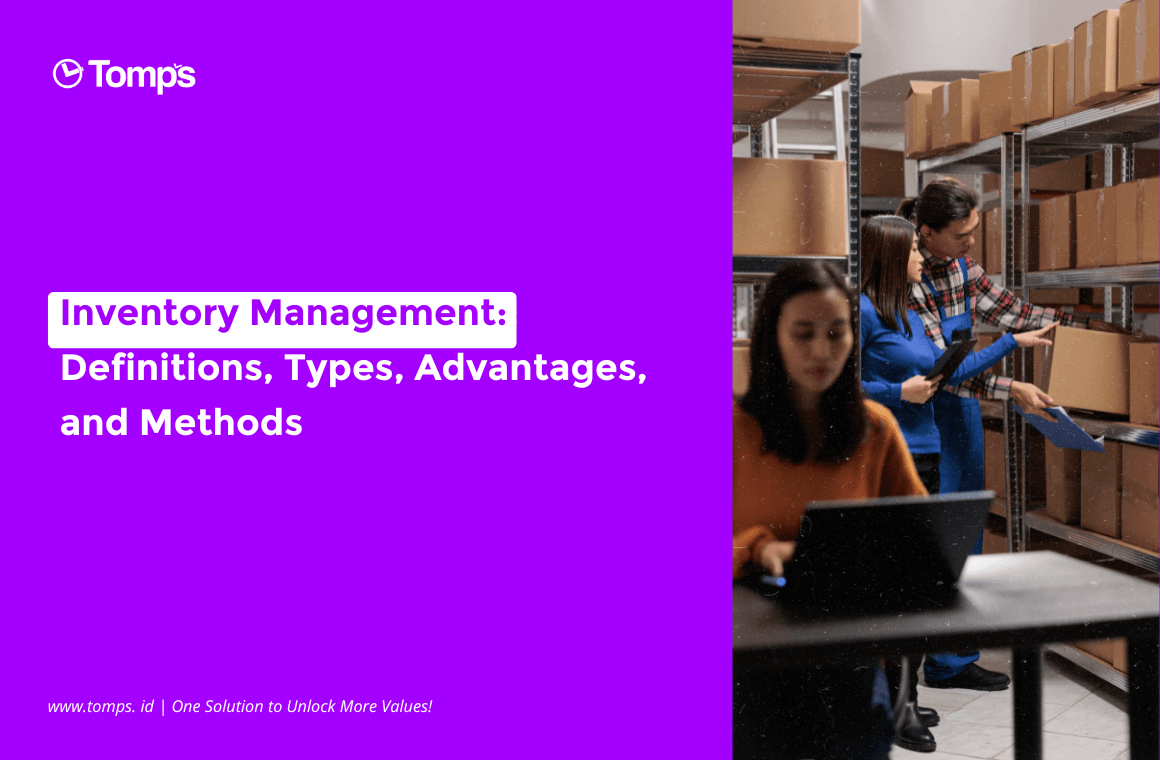Project planning is the stage where the main provisions that make us confident in ensuring the success of future projects are formed. However, what about your project risk management readiness at this stage?
Every project has its own risks. According to PMI, project risk is defined as an uncertain event or condition which, if it occurs, will have a positive or negative effect on project objectives. Risk management is often overlooked in a project. In fact, by preparing good risk management from the start, you can help increase the chances of project success by choosing the right project, determining its scope, and developing realistic estimates. This is would be very important especially if the project is large and expensive.
What is Project Risk Management?
Project risk management is a systematic process that includes planning, identifying, analyzing, and responding to project risks. According to Lavanya and Malarvizhi (2008) in PMI, risk management is an important project management practice to minimize unexpected panic during the project. Risk management is the art and science of identifying, analyzing, and responding to risks throughout the life of a project in order to meet the main objectives of the project.
Not without purpose, project risk management is carried out to increase positive opportunities and minimize negative or detrimental opportunities that may actually occur in our projects. Not only negative, the risks themselves are categorized as positive, where these positive risks are also often called opportunities. The response handling for the types of positive and negative risks is certainly different, and this must be prepared properly through project risk management. Project risk management has various processes that must be passed. Starting from the stages of planning, identification, qualitative and quantitative analysis, risk response planning, control, to monitoring.
These 5 Fatal Mistakes Make Project Risk Management Not Optimal!
1. Focusing Only On Extreme Risk
Ever heard of the Black Swan incident?
This term refers to an event that is unexpected and very rare (low probability) but has a high consequence. Some people often think that risk management is just about how to deal with extreme risk is a mindset that has to be avoided, absolutely to be avoided.
By focusing only on extreme risks, we can be vulnerable by ignoring other risk opportunities that may not be visible because their probabilities are judged to be low. In fact, there are some cases of extreme project risk that occur as a result of low probability risks. Because it was not identified which then led to unprepared steps for handling it, it is not impossible that this risk could trigger a big impact in the future.
2. Underestimating the Impact of Risk
One of the most common mistakes in project risk management is underestimating the impact of risk. When their impact is underestimated, risk factor calculations are inaccurate, prioritization is flawed, and the entire risk management process is compromised.
According to Joseph A. Luke and Rick Clare in PMI, there are four possible consequences for any risk event: cost, schedule functionality, and quality. Each of these needs to be considered when deciding the value of the risk impact. However, it is also important to prioritize these impacts based on what is most important to the project. If your project’s most important priority is the timeliness of completion, then the list of risks that have the potential to delay the time of completion should be given a greater value or impact weight than the risks that have an impact on costs.
3. Believing Past Cases Will Fully Help Future Risk Management
According to research conducted by Harvard Business Review, the case of risk management in the past is not sufficiently relevant to the risks that may be handled in the future. You may hear the excuse “We didn’t know this was going to happen because this case has never happened before”. Unfortunately, the Black Swan incident cannot be dealt with by precedent as above. There are many aspects of today’s world that are moving fast and changing all the time and that makes our response to something change. So, never dwell on the precedents of handling risk in previous projects as the basis for managing the current project.
4. Not Delegating Every Team Member For Every Risk
Project managers often do ineffective delegating risk management tasks to the team and end up taking on the big responsibility themselves. One step in risk response planning is to assign ownership or responsibility for each risk to an individual or team member.
Later, each person in charge will be responsible for developing a risk response plan, monitoring risk, and reporting the current risk status. This will certainly run much more efficiently to monitor the movement of risks that will affect the success of the project. However, make sure that you have appointed a risk person who is credible enough to handle the risk. For example, risks regarding elicitation requirements on a software project should be assigned to a business analyst, whereas metallurgical risks on a construction project should be handled by an engineer.
5. Not Labeling Risk Management as a Continuous Process
Risk management is an ongoing process. Unfortunately, some project managers place risk management as a task that has a start and finishes time limit because it is considered part of project planning. In fact, the risk is an element that will continue to exist throughout the project.
To that end, we recommend risk bearers provide a brief status report on the risk response actions taken and planned and changes in probability and impact values based on the actions taken. The project team should also discuss if any risk triggers have occurred and whether any potential new risk events have emerged since the last meeting. The key is that risk management is a continuous process throughout the life of the project. Therefore, make sure to always be aware of changes and their impact until the project is complete.
That’s the discussion of what project risk management is and five mistakes that often occur when preparing and implementing it in a project. Hopefully, the information helps in the success of your current and future projects!







